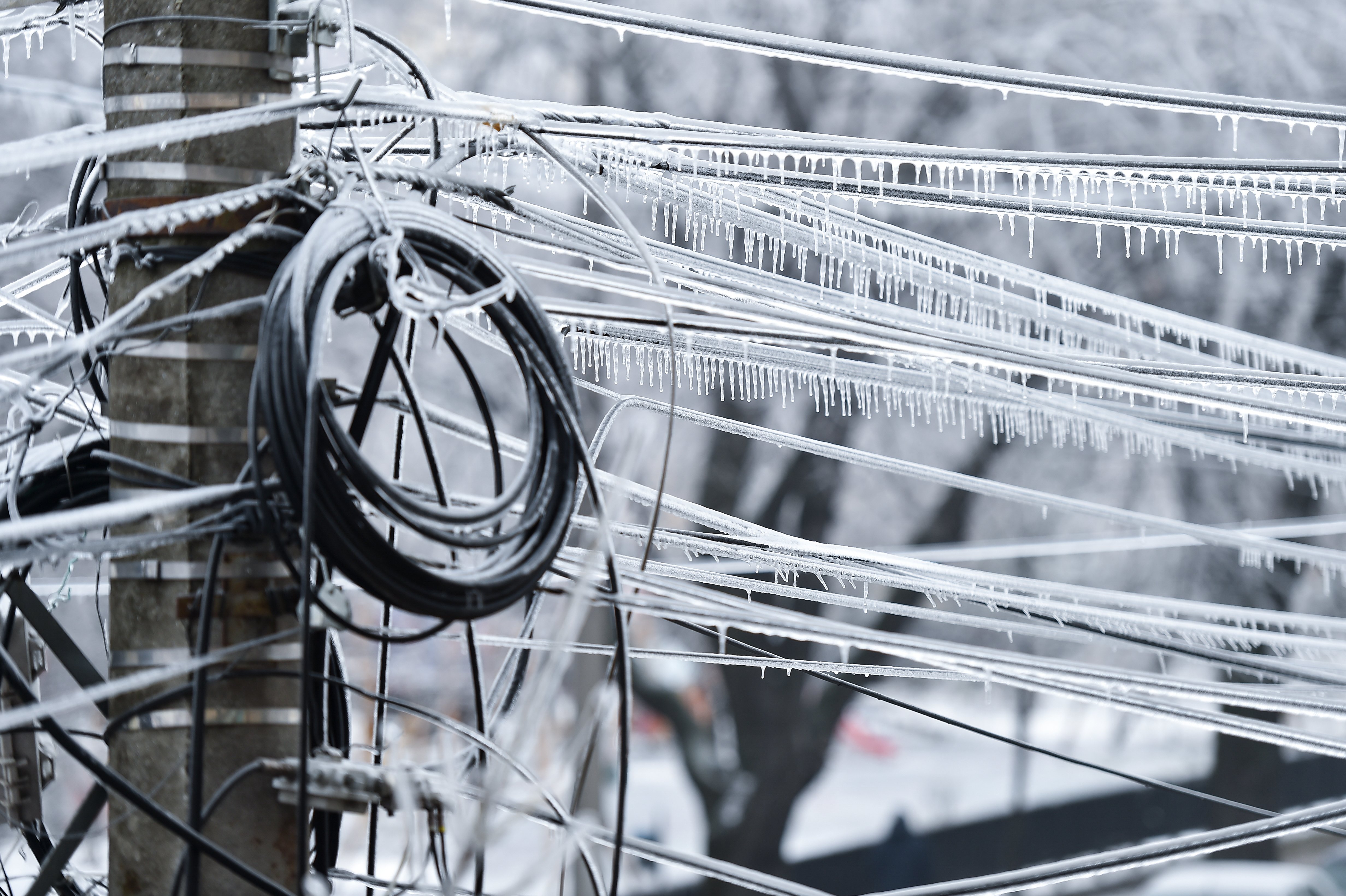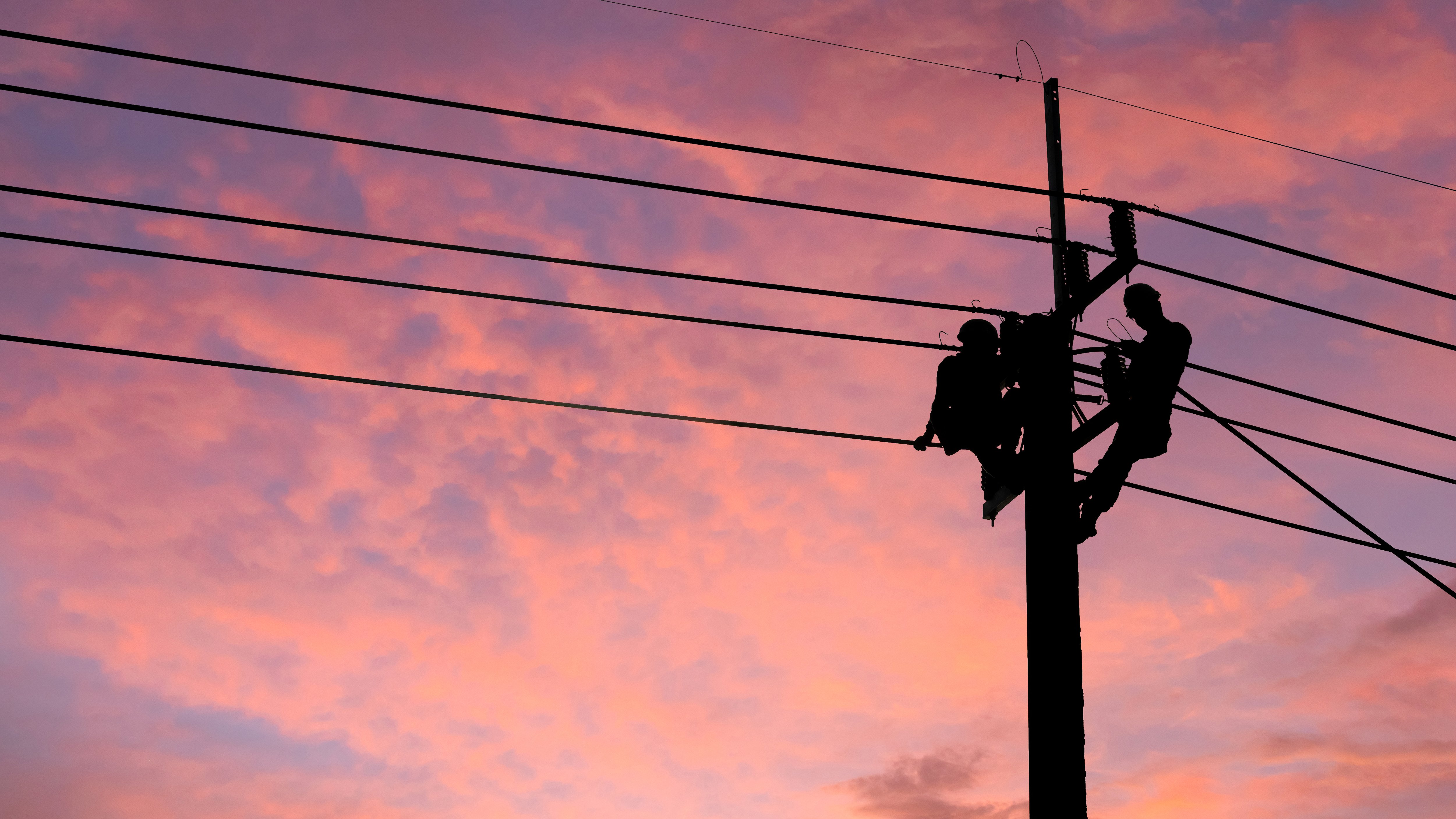Big storms happen. Life is unpredictable that way. But in many cases, extreme weather can be a bit more predictable. For instance, If you operate in Florida, you can expect hurricanes. If you operate in California, you can expect wildfires. If you operate in New York, you can expect ice storms.
Unfortunately, climate experts are saying that’s not all you can expect. Regardless of where you operate, more extreme weather is predicted to come your way. This rise of extreme weather has made one thing clear for energy executives: If dealing with mother nature isn’t top of mind, it should be.
Nine in ten major US outages have been caused by hurricanes. This alone is enough to warrant investments in resilience. Further, nature.com reports that climate change brings uncertainty to hurricane projections and outage risk models, showing “the expected annual fraction of affected customers exhibits large variances, warranting the adoption of robust resilience investment strategies.”
For energy companies, resilience against hurricanes and other high-wind events can be greatly improved through pole hardening. In simple terms, pole hardening involves collecting data on your poles—and the equipment on those poles—so you can determine to what degree they can withstand high winds and take preventative action.
After undergoing a pole hardening exercise, one PrecisionHawk client, a major energy utility on the east coast, found that 77% of its poles were expected to fail in 145mph winds. In response, they’ve been redesigning feeders to withstand hurricane-force winds. Knowing what your poles can withstand in high winds can help you take other preventative actions, such as:
- Replacing poles
- Adding poles between others
- Replacing every pole on a feeder
- Moving assets underground
- Moving components around to be lighter and handle higher wind speed
No amount of engineering calculations will prevent damage from a category 5 hurricane. But with the majority of hurricanes that make landfall clocking in below 110mph, undertaking a pole hardening initiative can be the difference between downtime and uptime the next time high winds sweep through your network.
Download the Preparing for Mother Nature ebook, to examine the three common extreme weather events and how better aerial intelligence can help you reduce damage and restore power quickly when disaster inevitably strikes.




